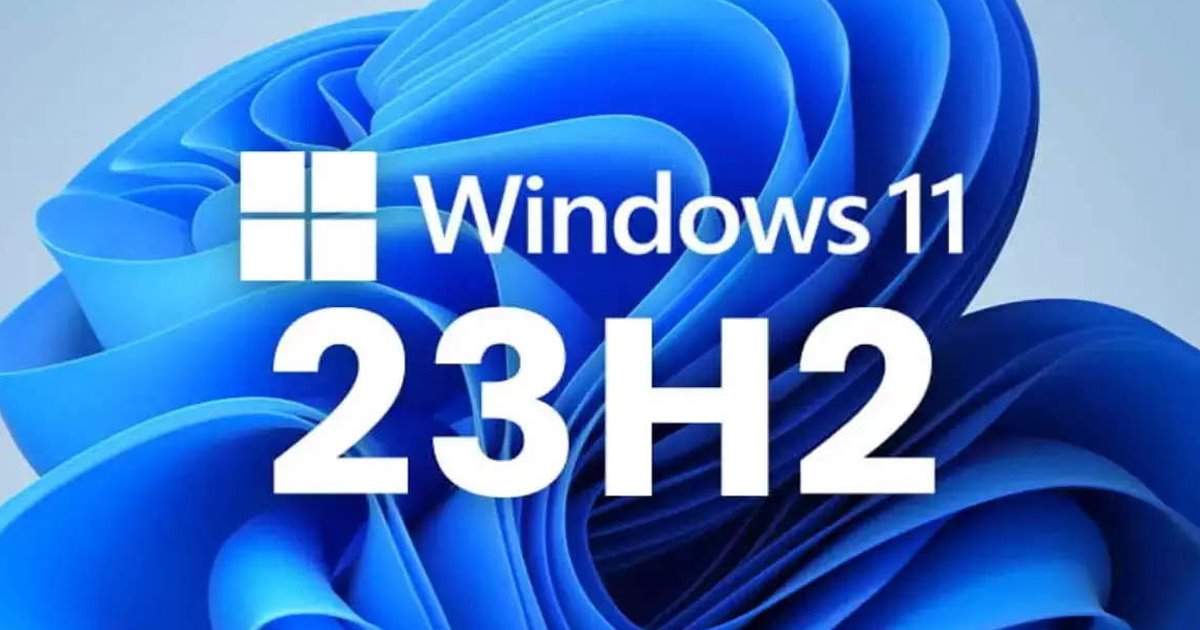Both SAP and Oracle ERP have many useful characteristics and capabilities that can boost a company’s productivity and success.
Oracle ERP vs SAP differs significantly in how they handle customization. Oracle ERP is well-known for its adaptability and user-friendliness, as it can be easily modified to meet the unique requirements of any firm. However, SAP takes a less flexible approach to customization, with a predefined set of steps that might be cumbersome to alter.
The user interfaces are another area where the two systems diverge. The SAP user interface, on another hand, is more complicated and may necessitate additional training for new users.
Oracle ERP is more costly than SAP, especially for less substantial organizations. Oracle, however, provides several price plans and bundles that may be tailored to the needs of enterprises of varying sizes and budgets. SAP, too, provides a variety of pricing tiers, but it is typically less expensive.
Table of Contents
Introduction
Oracle Enterprise Resource Planning (ERP) and SAP are two of the most popular ERP software packages in use today. When it comes to streamlining operations, managing resources, and propelling growth, both options provide a wide range of characteristics and functionalities.
Focusing on topics like customization, user interface, cost, and capability, this in-depth comparison will examine the parallels and contrasts between Oracle ERP & SAP.
After this analysis, you will have a firmer grasp of the benefits and drawbacks of both systems and will be in a better position to select the one that is ideal for your company.
What Is Oracle ERP?
The Oracle Enterprise Resource Planning (ERP) system is all-encompassing software for handling company operations, reporting, data analysis, and decision-making in real time.
Oracle’s enterprise resource planning (ERP) cloud service offers cutting-edge Generation 2 public cloud features, such as an innovative intelligent voice user interface (UI). Oracle’s ERP software is still available as on-premises installations.
Human capital management (HCM) or human resources is handled separately from the enterprise resource planning (ERP) system in ERP 2.0 (Generation 2).
When it comes to cloud-based apps, Oracle ERP as well as other Oracle software solutions rely on Oracle Fusion middleware as their digital platform of choice.
For customer relationship management (CRM) & customer experience (CX), Oracle ERP Fusion can be combined with either Oracle Sales Cloud (Oracle’s number two CRM) or Salesforce (the number one CRM).
However to know better insights into Oracle Oracle Enterprise Manager Cloud Control training plays an important role.
Which Industries Have Adopted Oracle ERP?
Oracle ERP is used by companies in a wide variety of sectors. Oracle Enterprise Resource Planning (ERP) is a premium ERP solution preferred by multi-billion dollar corporations around the world.
Oracle ERP on the cloud is the smart choice for forward-thinking businesses because it offers the most up-to-date technology applications & real-time business intelligence necessary for making decisions and taking action.
Oracle Cloud ERP is used by manufacturers who employ a wide variety of production techniques. The cloud solution applies to all types of production runs, including those that involve discrete products, processes, mixed modes, and projects.
Oracle’s cloud-based enterprise resource planning (ERP) solution leverages second-generation cloud technologies such as the Internet of Things (IoT) with sensors, machine learning, computer vision, (ML), and an intelligent voice digital assistant.
Oracle Cloud ERP can provide early warning of manufacturing problems or deviations from standards. The use of these applications reduces expenses significantly and boosts business efficiency.
Oracle Cloud ERP is used by publicly traded companies around the world to analyze data, plan for the future using a variety of scenarios, and compete for merger and acquisition opportunities.
What is SAP?
The management of data in conventional company models is frequently decentralized, with each department keeping its records of operational information in its database.
Because of this, it’s more challenging for workers across departments to share data. Data storage costs & the potential for mistakes in that data rise when it is duplicated across numerous departments.
SAP software streamlines data administration, creating a unified perspective on business performance across departments.
By providing simple access to real-time data across the enterprise, aids companies in better handling complicated company procedures. This leads to faster processes, more operational efficiency, higher production, better customer experiences, and higher revenues for organizations.
What does SAP do?
SAP is a business software that enables organizations of all sizes as well as all sectors to run efficiently, adapt to changing conditions, and grow sustainably.
The company’s software products are used by organizations of various sizes, from startups to multinational conglomerates. Every business procedure may be mapped and built with the use of industry-standard apps, solutions, platforms, as well as technology.
Everything from raw material orders to production statistics and client feedback is centralized in this software. Companies can analyze and efficiently build their whole value chains with the help of SAP solutions, which can be utilized either “on-premise” at the user’s location(s) or in the cloud.
Predictions, such as when a machine will need servicing or how sales will evolve over the next six months, can be made with the help of SAP solutions.
In addition, SAP assists clients in establishing a streamlined connection between operational data on company processes & experience data on emotional variables like purchase experience & client feedback. This improves the capacity of businesses to comprehend and cater to their clientele.
Oracle ERP vs SAP: A Detailed Comparison
Oracle Enterprise Resource Planning (ERP) and SAP are two of the enterprise resource planning (ERP) systems that are utilized all over the world.
Both offer a variety of characteristics and abilities that can assist organizations in streamlining their processes, managing their resources, and driving growth in their respective markets.
When choosing between the two networks, however, firms need to keep in mind that there are significant distinctions between them that should influence their decision.
Customization:
Oracle ERP is well-known for its adaptability and user-friendliness when it comes to customization. It provides a variety of tools and alternatives that enable companies to modify the system to meet their unique requirements.
On the other hand, SAP takes a more traditional approach to customization. It has an established set of processes that are notoriously difficult to adapt to new circumstances.
Interface for Users:
Oracle ERP features a contemporary and easy-to-use that is both straightforward and simple to use. On the other side, SAP has a more complicated interface, which means that learning how to use it may take some time and may call for further training for users.
Pricing:
In general, Oracle ERP is known to be more costly than SAP, especially for organizations of a smaller size. Oracle does, however, provide a variety of pricing alternatives and package configurations to accommodate a wide range of business types, sizes, and budgets.
Even though SAP provides customers with a variety of different pricing alternatives, the software is typically more affordable overall.
Functionality:
Oracle ERP and SAP both provide a comprehensive set of functionalities to their customers, such as modules for financial management, purchasing, supply chain management, administration of human resources, and many more.
However, the particular capabilities and features that are provided by each system are not identical to one another in any way. For instance, Oracle ERP has a greater emphasis on financial management & reporting,
whereas SAP places a greater emphasis on supply chain management & logistics. Both of these ERPs may be found on the market today.
Integration:
Oracle ERP & SAP are both capable of integrating with a diverse array of additional computer programs and hardware. However, the degree of difficulty in integrating each system and the amount of support it provides may vary to some degree.
The selection between Oracle ERP and SAP will be determined by several different criteria, such as the particular requirements of the company, the amount of customization that is necessary, and the amount of money that is available.
Both of these systems have advantages and disadvantages, so organizations need to thoroughly examine both of them to determine which one is the more suitable option for meeting their requirements.
Let’s Sum Up
Both of these systems have their advantages and disadvantages, but which one a given organization chooses will depend on its unique circumstances and objectives.
When compared to other ERP systems, Oracle is more adaptable and customizable, has a more straightforward interface, and places a premium on financial management & reporting.
This can be more costly than SAP, therefore organizations on a limited budget may want to look elsewhere.
SAP, on the opposing hand, is more expensive but takes a more uniform approach to operations and workflows.
It may also be a better fit for organizations in some sectors thanks to its increased emphasis on supply chain management & logistics.
When deciding between Oracle ERP vs SAP, many aspects must be considered, including the company’s size & budget, the degree of customization necessary, and the requirements of the industry.
Both systems are popular and have various features, so businesses should compare them thoroughly before making a choice. Businesses may boost productivity, simplify processes, and fuel expansion with the right enterprise resource planning (ERP) technology.



















